With housing at the forefront of political debate, Félicie Krikler examines why architects and built environment professionals must make their voices heard in policymaking circles

When I told colleagues at Barr Gazetas that I was heading to Bournemouth for the Liberal Democrat Party Conference, there were a few puzzled looks. “What’s an architect doing at a party conference?” someone asked. It’s a fair question.
The trip, however, wasn’t about politics in the partisan sense. I was there representing RIBA at a joint event with the Royal Institution of Chartered Surveyors (RICS), speaking about housing quality, a subject that has rarely been more entangled with politics than it is today.
A week later, I travelled to Liverpool and the Labour Party Conference, this time attending fringe sessions and, importantly, supporting Architects’ Action for Affordable Housing (AA4AH) and our Good Homes for All campaign. This time it had my colleagues asking: “Are you getting into politics?”
The truth is simpler: architects or RIBA aren’t picking sides. But we can’t afford to ignore politics. Housing is a deeply political issue, central not only to social wellbeing but to economic growth, job creation and national resilience. The choices made in party manifestos and ministerial offices directly shape the homes, neighbourhoods and communities we design.
If the 2025 party conference season made one thing clear, it’s that housing is at the top of the political agenda. Across Bournemouth and Liverpool, the debates circled around familiar themes: viability, safety, affordability, design quality and sustainability. These are not new concerns, but they’ve taken on a sense of urgency amid a cost-of-living crisis and housing demand.
At the RIBA/RICS event in Bournemouth, I spoke about the importance of quality, not as a luxury but as the foundation for healthier, more equitable communities. More than six million people in England currently live in poor-quality housing, with enormous social and economic costs. Poor housing unnecessarily drains the NHS by £1.4 billion each year, while good design delivers far-reaching benefits: improved health, greater social mobility, stronger local economies.
If we want good homes for all, we must engage with the systems that enable or obstruct their creation
At this rate, we’re not at risk of building too much, sadly, but rather of building too poorly. The challenge isn’t quantity versus quality; it’s ensuring that the homes we build today remain good, functional and dignified for generations to come. The “good, long-lasting ordinary” should be our ambition.
RIBA’s engagement across the political spectrum is vital. It has worked closely with Parliament to ensure design is embedded in planning, supporting initiatives such as the New Towns Taskforce and amendments to the Planning and Infrastructure Bill. Forums like the party conferences provide rare, valuable opportunities to speak directly to policymakers, local government, developers and housing advocates.
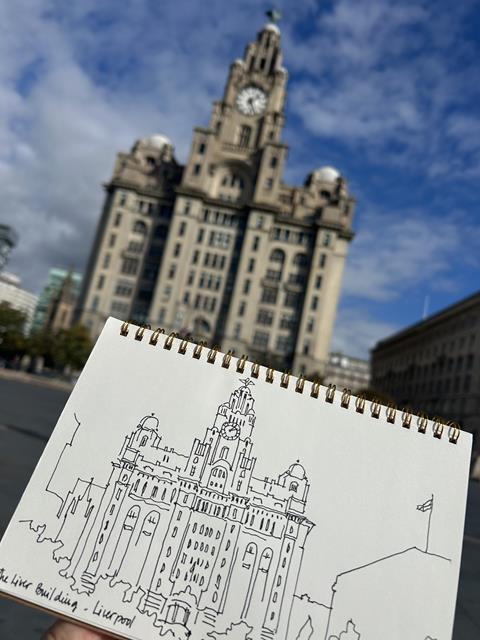
Liverpool, in particular, offered a clear window into the machinery of housing policy. Even at the fringe events, with a huge number of sessions dedicated to “building”, the energy was palpable. Discussions ranged from net zero design to regional devolution and the spatial strategies emerging from combined authorities.
A dinner hosted by ING and Trowers & Hamlins on “Meeting the Need: Delivering the Homes that Drive Britain’s Economic Success” brought together councillors, developers and, yes, architects, proof that good housing policy requires everyone at the table. Speaking to Mike Dea’th from HTA, I found out that he has attended the Labour Party Conference every year since the mid-90s, demonstrating the importance of being immersed in national and local policy-making.
My last event of the conference was the AA4AH “Good Homes for All” gathering, where a bit of lime green T-shirt merchandise was put to good use and sparked discussions. We brought architects, developers and local authorities together, and in the spirit of collaboration and full of energy, Chris Williamson, RIBA president, joined in support, illustrating the importance of architect-led initiatives.
Attending the party conferences as an architect was a revealing experience, a reminder of how housing, perhaps more than any other policy area, sits at the intersection of design, economics and politics. Architects don’t just draw buildings; we help shape how people live, how communities thrive and how cities grow.
Among the many conversations I had, one stood out as totally unexpected. It was with an EU representative attending as an observer, tracking whether the UK’s post-Brexit policy environment is leading to a lowering of environmental and nature-based standards. It was a useful reminder that, even as our built environment debate feels domestic, its ripples are international.
If we want good homes for all, we must engage with the systems that enable or obstruct their creation. That means showing up in places like Bournemouth and Liverpool, making the case for design quality and sustainability in rooms full of policymakers, not just planners. Whether we like it or not, the blueprint for Britain’s housing future isn’t just drawings; it’s written in policy.
Postscript
Félicie Krikler is a director and head of residential at Barr Gazetas.


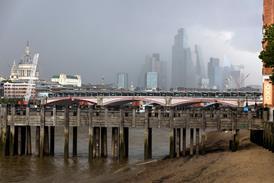
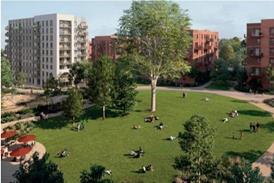
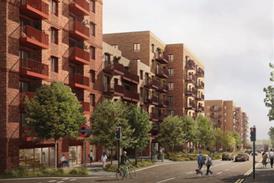



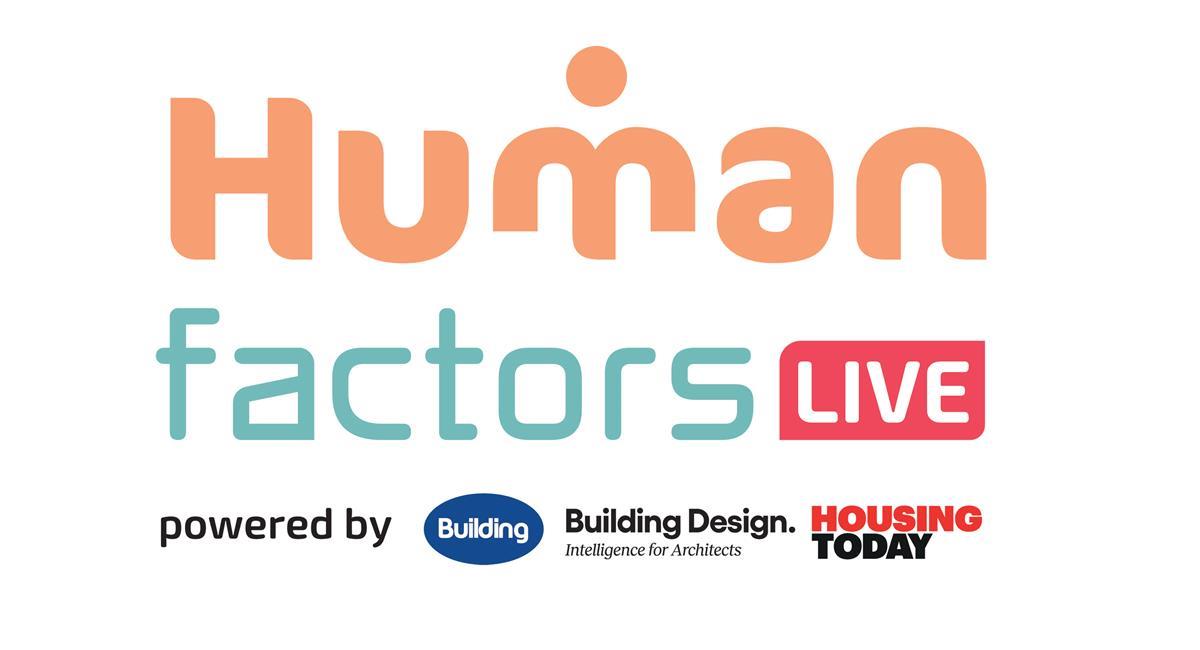







No comments yet